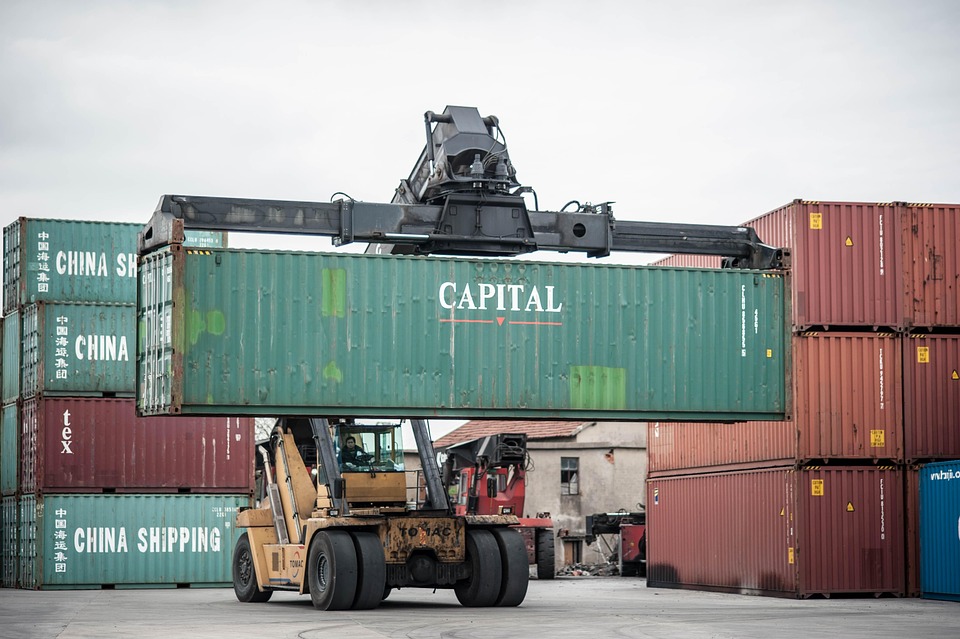
1. How to Choose Reliable Grapes for ImportExport agentThe company?
A professional grape agent must meet three core requirements:
- Customs AEO Certification (Customs statistics from 2019-2024 show a 60% reduction in inspection rates for certified enterprises)
- Cold Chain Transportation Full-process Temperature Control Recording System
- Specific country access qualifications (e.g., Chilean grapes require SAG certification, the U.S. requires USDA certificates)
2. What are the special customs clearance requirements for grape imports and exports?
Taking the latest regulations of 2025 as an example:
- Import process
- The health certificate must specify the cold treatment record (maintained at -0.6°C for more than 17 days).
- Pesticide residues must comply with the 12 newly added testing indicators in GB 2763-2025.
- Export stage
- Exporting to the EU requires a DNA traceability report for grape varieties.
- The U.S. market requires each box to be labeled with Pit Tags tracking codes.
3. How does cold chain transportation ensure the freshness of grapes?
We adoptThree-stage temperature control scheme:
- Pre-cooling stage: Cool down to 0-1°C within 2 hours after harvest.
- Transportation phase: Maintain the shipping container at -0.5±0.2℃.
- Phase of customs clearance: Equipped with emergency cold storage devices (ensuring temperature rise does not exceed 0.5℃ within 8 hours after power failure).
IV. What items are included in import and export agency fees?
Standard Cost Structure (Using Chilean Grape Imports as an Example):
- Basic service fee: USD 120/container (including document preparation and customs declaration)
- Cold chain surcharge: USD 80/container (temperature control equipment rental)
- Compliance Deposit: 3% of the cargo value (for handling potential quarantine detention)
5. What additional procedures are required for special grape varieties?
- Shine Muscat Grapes: JAS Organic Certification Required for Export to Japan
- Seedless grapes: Australian import requirements for proof of ionizing radiation treatment
- Wine Grapes: EU Imports Require Certification of Geographical Indication for Vineyards
VI. How to Handle Common Trade Disputes?
Based on 37 grape trade cases processed in 2023, the recommendations are as follows:
- Mold Claim: The contract stipulates that the goods must be inspected within 48 hours after arrival at the port.
- Variety mismatch: Conduct SSR molecular marker testing before shipment.
- Cold chain interruption: Purchase temperature deviation insurance (premium approximately 0.15% of the cargo value).
7. How does an import and export agency company verify its qualifications?
It can be verified through the following methods:
- Check the AEO certification status on the General Administration of Customs website.
- Please provide the customs clearance records of similar products from the past two years.
- Check international cold chain certification (such as IARW membership qualification).
8. What are the emerging market opportunities for grape imports and exports?
Key concerns in 2025:
- Southeast Asian Market: Vietnam Reduces Import Tariff on Fresh Table Grapes to 5%
- Middle East Market: Saudi Arabia Implements New Cold Chain Standard SASO-2025
- African Market: Kenya Lifts Import Restrictions on Genetically Modified Grapes
(This article is based on 20 years of international trade practice experience, having provided grape import and export solutions for 12 countries, and handled customs clearance for over 600 refrigerated containers.)


 Follow Customer Service WeChat
Follow Customer Service WeChat